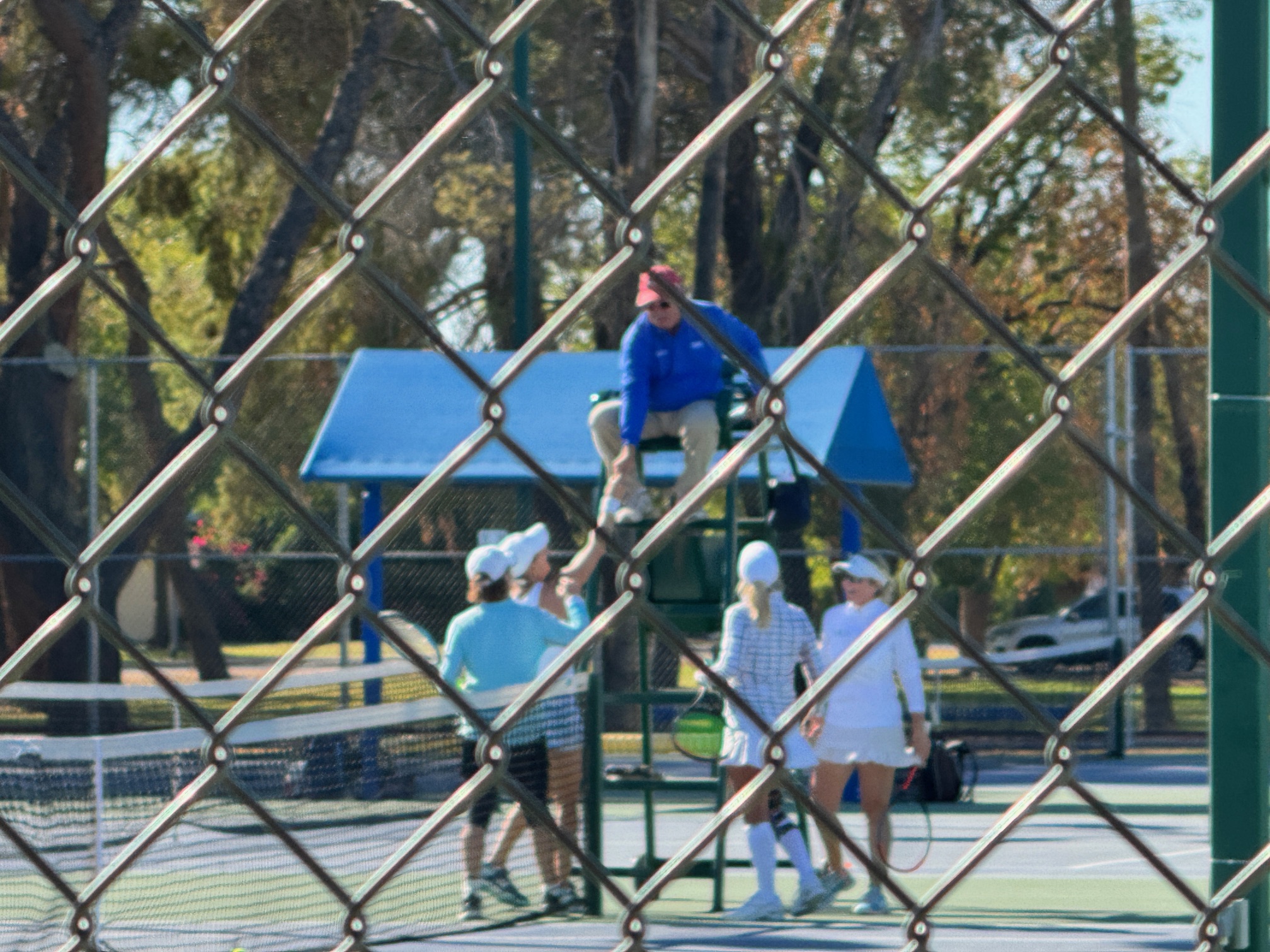Last December, I wrote a series of posts highlighting the “12 Habits of Highly Successful Tennis Players.” Throughout 2023, the first weekend of every month features an in-depth look at one of those habits. The deep dive topic for October is “Routines and Systems.” The best players in Adult Senior tennis have intentionally developed processes that support peak performance.
Systems-oriented thinking is a cognitive approach and a problem-solving methodology that focuses on understanding interactions and interdependencies. It involves looking at the big picture, recognizing the relationships between various factors, and applying that insight to the broader context of the problem that needs to be solved.
At the fundamental level, tennis competition presents challenges and obstacles that must be overcome to achieve victory. The players who do that most effectively continuously step back to assess the big picture and frame their solutions and tactics within a broader context. Systems-oriented thinking may be one of the most underrated skills in tennis.
A player who consistently nets their backhand whenever their opponent hits a low-angled slice to that side might first focus purely on shot mechanics to immediately improve their execution. Systems-oriented thinking puts many more possible reactions on the table. For example, their footwork might not be putting them in a great position to hit the ball. Alternatively, the root cause of the misses might be a lack of anticipation of the incoming shot in time to reasonably get there.
Pulling back the aperture even further, that player might recognize that their opponent only hits that shot from certain positions on the court. If it always comes back off a low short backhand, it might be possible to avoid it altogether by simply not hitting to that spot. The very best players in senior adult tennis use tactics either intentionally or subconsciously think that way.
This weekend focuses on the routines the best players use to prepare for and compete in tennis matches. These routines are frequently the result of systems-oriented thinking. However, the routines themselves also frequently support the insight that led to the development of those systems in the first place. It’s a discipline.
One mechanism players can use to develop and refine their systems-oriented thinking for tennis competition is the USTA Player Development Journal. That resource was created as a turnkey method for collecting and analyzing information from training sessions and competition. It helps players understand the problems that must be solved and prompts them to think through potential solutions intentionally.
The very best players have developed systems that support performance at the highest level. Systems-oriented thinking is frequently the superpower used to elevate their game.
Throughout 2023, I am exploring the 12 Habits of Highly Successful Tennis Players. A complete summary of all posts on that topic and what is coming up for the remainder of this year can be found on the 12 Habits of Highly Successful Tennis Players homepage.




Brad Gilbert simplifies this concept with his mantra to repeatedly ask yourself during a match, “Who’s doing what to whom?”
Side note: What is the distinction between senior adult tennis and adult tennis? Does senior adult tennis mean 65+?
My doubles partner and I have an even shorter version of Gilbert’s phrase. “Winners dictate.”
Senior tennis starts at 35 and over. The USTA is considering updating the terminology to better align with the ITF, which calls 35+ the Masters tour.